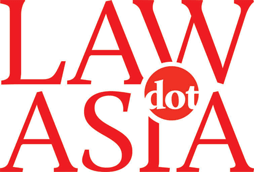From curbing monopolies to promoting competition, India has evolved from a gendarme policing big businesses into a dynamic regulator of competition. The object of the Monopolies and Restrictive Trade Practices Act, 1969 (MRTP), was to prevent the concentration of economic power, restrict the formation of monopolies and prohibit unfair trade practices.

Managing partner
Singhania & Partners
The Competition Act, 2002, was introduced to supersede the rigidly structured MRTP and reform the legal system; it aims to sustain competition, encourage free markets and prevent anticompetitive practices. This is in line with the current World Trade Organization philosophy that competition spurs efficiency, lowers prices, improves quality of goods and services and leads to both greater product differentiation and an enhanced spirit of innovation.
The act is easily distinguishable from the MRTP; its scope is wider and it is empowered to address abuse more specifically and effectively. For example, under the act consumer protection forums are assigned to actively counter unfair trade practices which affect end users. Under the MRTP, monopolies per se were prohibited, whereas under the act it is the abuse of a dominant position which is prohibited. Overall, the act seeks to prevent and redress appreciable adverse effect, rather than economic dominance itself.
You must be a
subscribersubscribersubscribersubscriber
to read this content, please
subscribesubscribesubscribesubscribe
today.
For group subscribers, please click here to access.
Interested in group subscription? Please contact us.
你需要登录去解锁本文内容。欢迎注册账号。如果想阅读月刊所有文章,欢迎成为我们的订阅会员成为我们的订阅会员。
Ravi Singhania is the managing partner and Sunil Kumar is a partner in the tax practice at Singhania & Partners. The firm is headquartered in Noida and has offices in New Delhi, Mumbai, Bangalore and Hyderabad.
S&P House
H-186, Sector 63
Noida, 201 301 (NCR of Delhi), India
Tel: +91 (120) 463 1000
Fax: +91 (120) 463 1001
Email: info@singhania.in






















